
At UKA, the exquisite food is in the spotlight, but the stage for the unforgettable meal is set by the carefully curated restaurant design – right down to the tableware. The chefs of JAPAN HOUSE Los Angeles’ acclaimed MICHELIN Guide-selected modern kaiseki restaurant have hand-chosen ceramics from around Japan to make each meal a feast for all senses. In this series, we highlight selected ceramic artisans and historic producers featured at UKA, and the places they hail from to inspire your next dream trip.
Among the many diverse types of Japanese pottery, Kutani-ware (Kutani-yaki) is one of the most renowned for its bold colors and vibrant aesthetic spirit. Despite the complex history of these wares, it is now closely associated with Ishikawa prefecture, which was formerly Kaga province. Read on to discover the history of this craft and its home in Kaga, the contemporary Kutani-ware producer Kutani Bitoen, as well as the culture and landscape of Ishikawa Prefecture where this art came to life.

Image Credit 福原揺舟 書・画 ほか『赤絵指南』,刊,天保5 [1834] 序. 国立国会図書館デジタルコレクション https://dl.ndl.go.jp/pid/8929267 (参照 2024-01-19)
While there was ceramic production in the region for many centuries, it was not until the Edo period (1603-1868) that Kutani-ware emerged (for a full overview of Japan’s long ceramic history, click here). According to tradition, in the mid-17th century, a local lord named Toshiharu Maeda wanted to elevate vernacular pottery in the village of Kutani, where high-quality porcelain clay had recently been discovered, so he brought skilled artisans to establish a kiln there. They created colorful porcelains that would become known as Kutani-ware, but the kiln closed after about 50 years, for reasons that have been debated by historians. These early Kutani-wares are now known as “ko-Kutani,” or Old Kutani. In the early 1800s, however, a Kutani revival began in the castle town of the Kaga clan (modern-day Kaga), and many kilns began outputting Kutani-ware, all with colorful decoration, but in a variety of different styles. This Revival Kutani-ware (“Saiko-Kutani”) made global waves when it was shown at the 1873 World Exposition in Vienna, thus creating an export market in Europe.
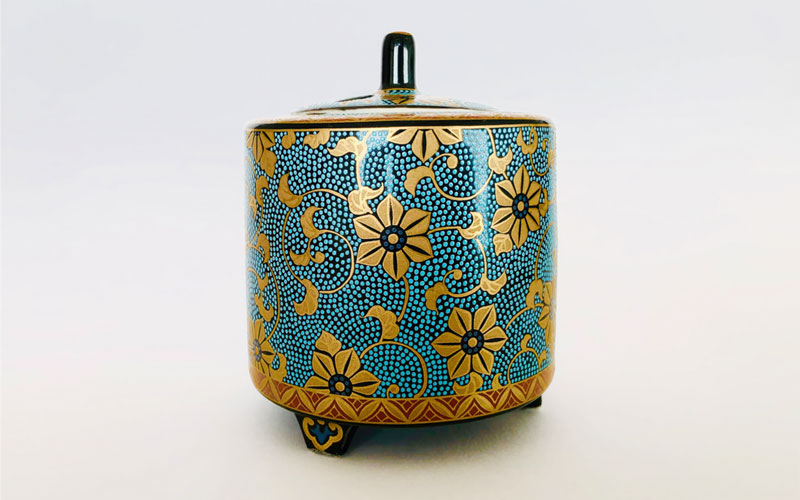

The most traditional type of Kutani-ware is recognizable by its distinctive overglaze color palette called “Kutani gosai” (the five Kutani colors) – red, yellow, green, purple, and blue. As artisans continued to advance the craft by experimentation, they developed multiple techniques and styles that became part of the Kutani stylistic repertoire, ranging from overglaze enamels, gold leaf application, and intricate painting methods. One distinctive technique is the “gosu blue” underglaze pigment, a deep, rich blue hue that forms a striking contrast against the vibrant overglaze colors. Graphically, Kutani-ware deploys diverse motifs, ranging from traditional Japanese auspicious symbols to nature-inspired patterns. Imagery often includes landscapes, flora, fauna, and mythological figures, rendered in sharp lines and bright hues.
Today, artisans of Kutani-ware continue to innovate within this tradition, even exploring more monochrome or minimalist styles. For more than a century, since the foundation by the current owner’s grandfather in 1914 (to read more about various types of heritage companies in Japan, read this article on long-lasting businesses), the Kutani Bitouen kiln has been creating exquisite Kutani-ware ceramics. Over the years, its potters have diversified their techniques to cater to high-quality, small-batch products. Their techniques include “slip casting,” a process where slip, or liquid clay, is poured into molds for solidification, “press molding,” involving the pressing of clay into molds, and “Tatara,” a type of slab-molding that involves bending and molding flat slabs of clay. The designers at Kutani Bitouen today apply their experimental creative spark to a wide variety of goods, including some that showcase the natural beauty of white clay (as in the Guinomi sake cups and other tableware in use at UKA Restaurant).
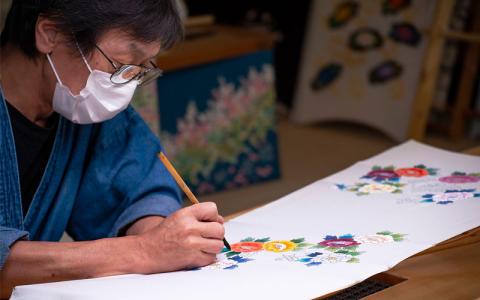
JNTO
For devoted design fans and curious travelers alike, Kaga City and the surrounding Ishikawa prefecture is an ideal destination to explore ceramics and beyond. The Kutani-yaki Kiln Exhibition Hall serves as a jumping-off point to get a sense of the history of this craft and its its crucial role in life and society in previous eras as well as today. Afterwards, visitors can take a leisurely wander through the Kutaniyaki Pottery Village, where they can witness various kilns and studios in action, shop for one-of-a-kind gifts, and even take a workshop to learn the basic techniques and create hand-made souvenirs of their visit. Beyond the treasure trove of ceramics, travelers can explore other crafts such as yuzen dyeing and Kaga Yuzen silk painting, which is a notable textile art of the region.
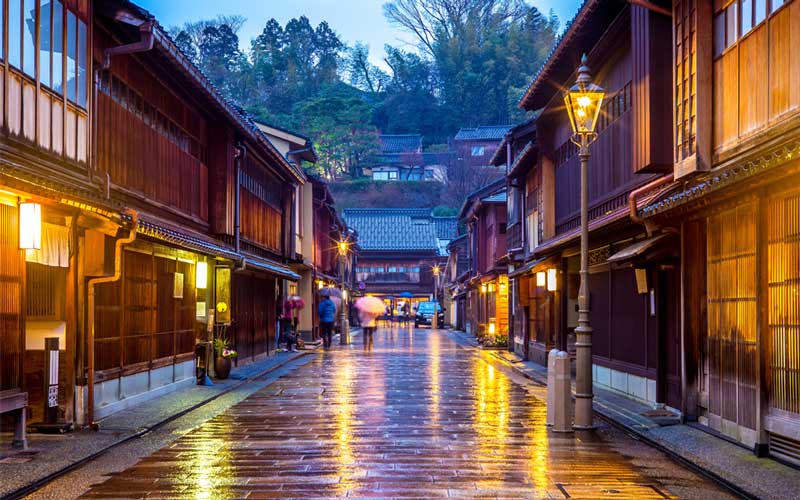
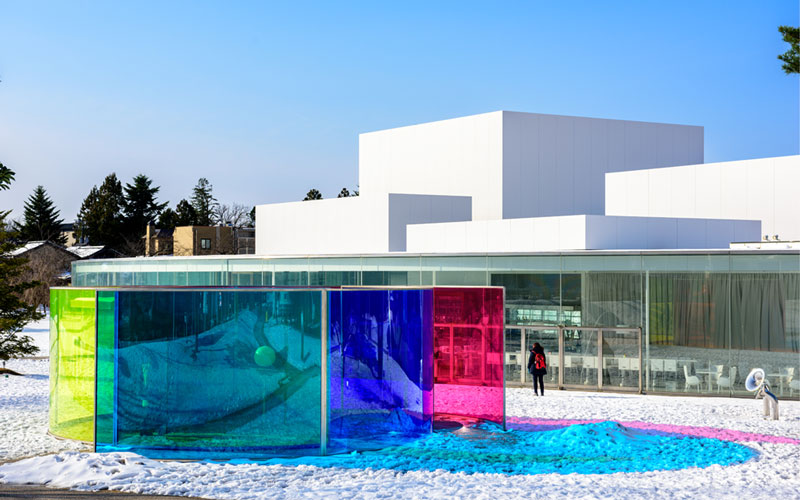
But Ishikawa’s natural landscape also beckons – particularly its numerous, world-famous onsen (hot springs) and ryokan (traditional Japanese-style inns) nestled amidst lush mountains. One historic example is Yamanaka Onsen, a 1,300-year-old hot spring village located in the hills of Kaga, and ideal for a hot soak after soaking up culture. Or venture further afield to see attractions in Kanazawa, such as the 21st Century Museum of Contemporary Art, a museum dedicated to Buddhist philosopher D.T. Suzuki, followed by a stroll through the Nagamachi samurai district. Gourmands will also appreciate the mouth-watering local cuisine, including such seafood favorites from the Sea of Japan as crab, shrimp, and amberjack, as well as the legendary fugu (pufferfish), which can be poisonous if not prepared correctly. There are also distinctive regional fermentation techniques for a kaleidoscope of pickles, and specialties like kaburazushi salted fish that utilize salt production from the tip of the Noto peninsula. (Note: The 21st Century Museum of Contemporary Art is closed until further notice, following the earthquake that struck Japan on January 1, 2024.)
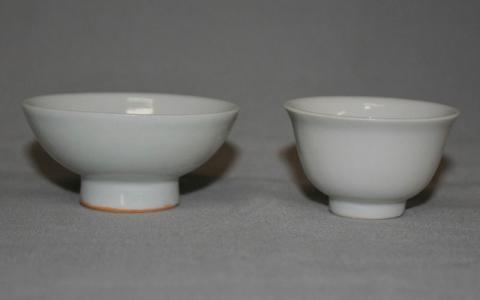
However, even without leaving Los Angeles, diners at UKA can be treated to a taste of Kutani-ware brilliance and the richness of Kaga culture through the carefully curated selection of Kutani Bitouen ceramics used here to enhance the fine kaiseki dishes. With a single meal, appreciating the subtle luster of Kutani-ware in cups and other tableware, diners might find inspiration for their next dream destination.
Related Articles
Sensory Journeys in Japan |
Awaji Island 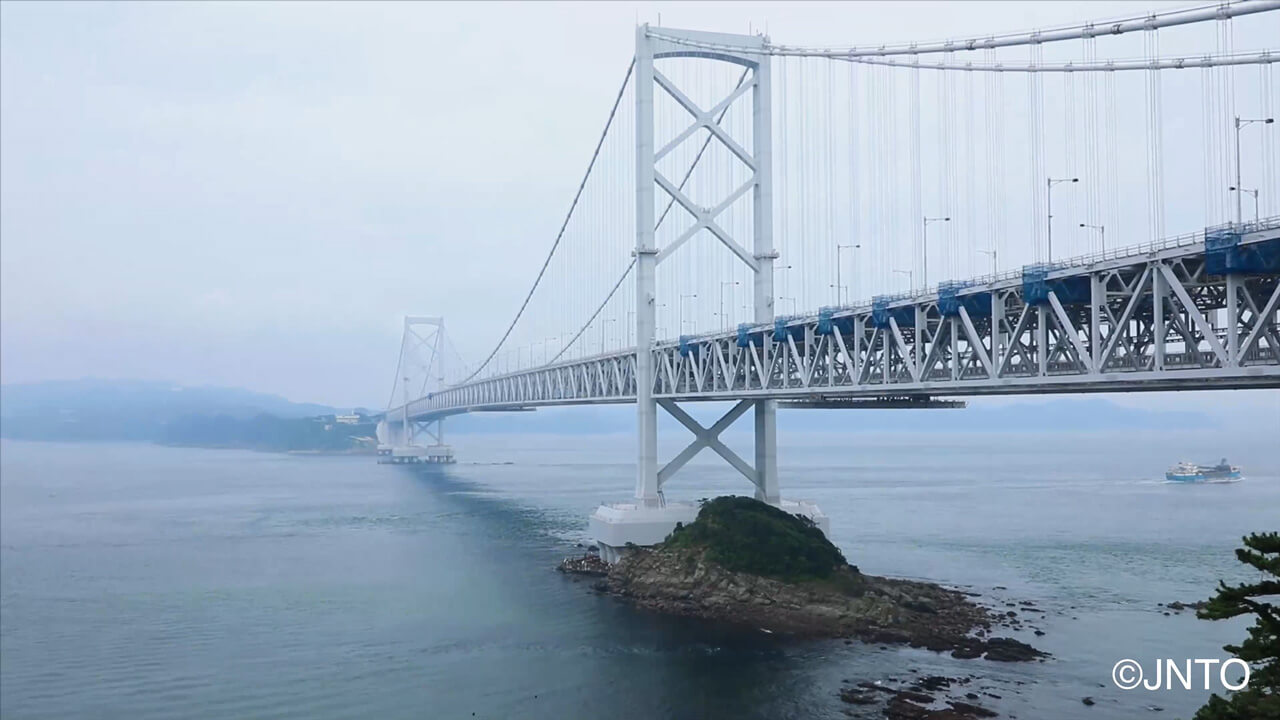
Sensory Journeys in Japan |
Hokkaido 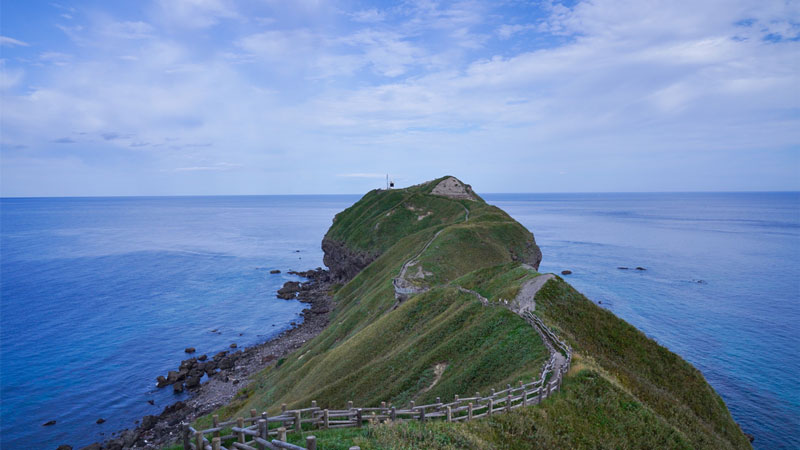
Sensory Journeys in Japan |
Hissan Pottery in Shiga 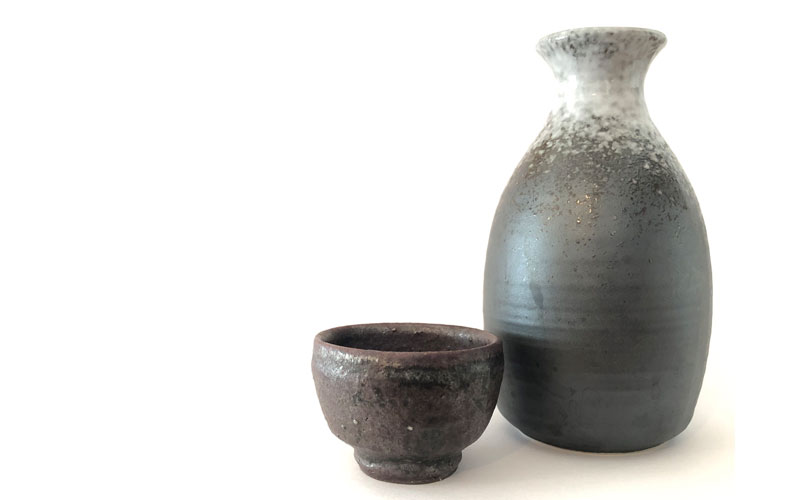
Sensory Journeys in Japan |
Spotlight on Iga, Mie 

